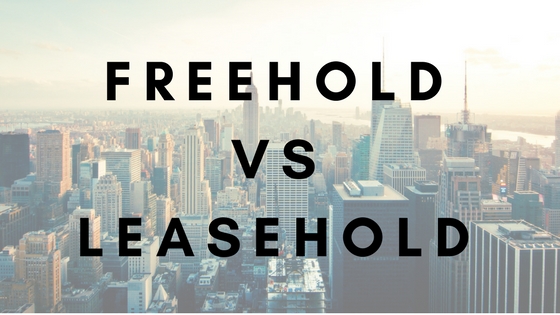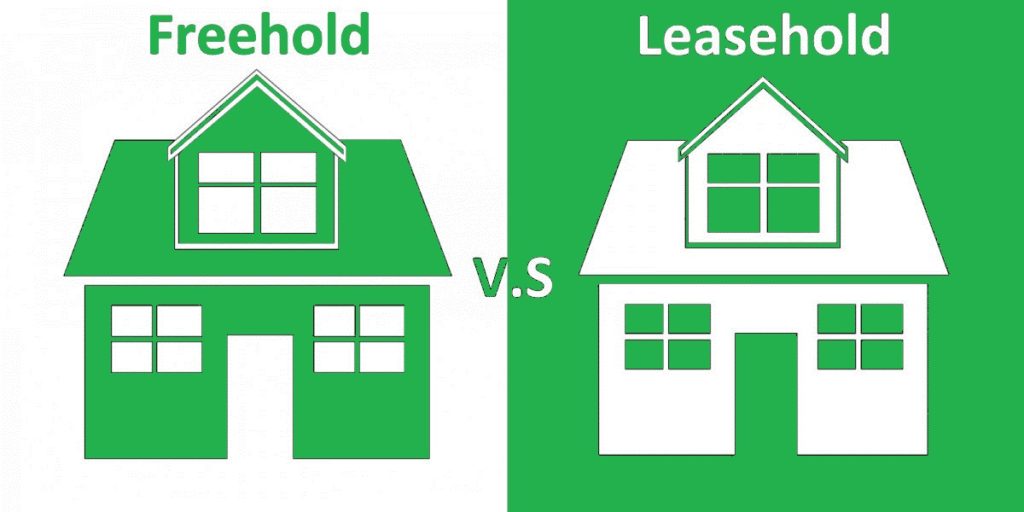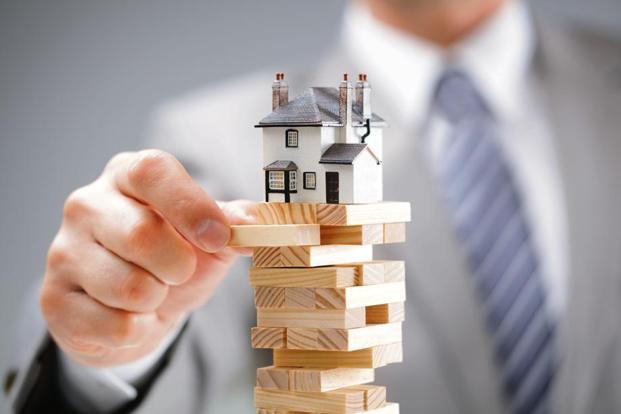It is every man’s dream to own a private house and have the title registered in his name. It is a status symbol of success. There are many comments of such nature where we hear:
- property is a hedge over inflation
- it is an investment for the future
- The family property is to be handed down to the next generations
- a symbol of security for the family
- a retirement plan, successful property investment, returns and more
Any legal interests in a property lie within the grant or its title.
In the title, we have different holdings such as
- freehold,
- leasehold 99 years,
- 60 and 30,
- leases
- sub-leases.

Freehold properties are the highest category of holdings since its tenure is forever. In other words, it is a grant in perpetuity.
Leasehold title comes in second as it carries the same conditions and rights except for the tenure of the title which is restricted to 99 years or less (except for Sabah and Sarawak where some old titles do carry a 999-year leasehold tenure).
Today, the number of freehold titles are diminishing, and newer projects are moving towards leasehold lands. Usually, freehold projects are developed from old freehold plantations which were mostly given the titles centuries ago.
Classic examples of freehold areas are Puchong (previously Castlefield Estate), TTDI, Mutiara Damansara, Bandar Utama (previously Effingham Estate), SS areas in Petaling Jaya and even Setia Eco City (previously North Hummock Estate). These are generally older and established neighbourhoods. However, most section areas in Petaling Jaya, except for Section 16, 17 and 19, are all generally leasehold localities.

As freehold lands become scarce and pricy, developers have shifted their focus to secure more state alienated lands to develop their highrise strata projects. For example are Kota Damansara, Damansara Perdana, Kwasa Land, Sunway and more.
From a technical angle, a property which carries a full 99-year leasehold tenure will have a similar value with a freehold parcel. This is proven via the Year Purchase Table calculations where, from an income generating angle, the difference between the two properties are identical with less than 1% variance. This variation starts to become critical when the tenure drops from 99 years down to 30 years remaining and the financial impact increases to about a 10-15% discount.
Younger buyers are less demanding on this leasehold issue, possibly due to various factors such as:
- Freehold factor may not be a priority at the point of purchase as compared to the affordability
- The purchased unit is a temporary shelter, and they will upgrade in the future
- They are possibly young couples or buyers and are buying a property for themselves rather than for the next generation
- The prices of leasehold properties are more attractive, and other factors such as location and amenities may be the tipping point.
As a tradition, residential or family properties are intentionally handed down to future generations. Therefore this is a concern. Though many of us may not be able to become a centurion, the traditional thought and culture of passing the property down to the next generation are always prevalent like in the movie “Crazy Rich Asians.”
The critical factor in leasehold is the remaining tenure which is the main reason for the difference in value for the later years. This factor should have little or no impact if the leasehold is 99 years, but it becomes imminent when the leasehold land has a term of 30 years remaining. This becomes critical as it reaches the 10 years tenure. There is a possibility of renewing the leasehold title but it is subject to a new premium payable to the state and renewals are usually only sorted within the last 10 years or less before its expiry.
The Valuation and Property Services Department (Jabatan Penilaian dan Perkhidmatan Harta) will value the property to determine the market value of the land. The premium is calculated differently in each state and the rules applicable in Selangor is under 7 of the Selangor Land Rules 2003 and Selangor Quarry Rules 2003 entitled “Premium” which is calculated as follow (excluding the price of the building constructed on the Land):-
Premium = 1/4 X 1/100 X Market Value of the Land X Number of Years of Renewal X Land Area (in Square Feet)
The leasehold renewal rights rest with the state and is not a lawful right of the leasehold owner. However, residential properties usually stand a higher chance of renewal, unless the state has some major redevelopment plans for the particular area.

Leasehold Properties Come With Their Perks
Freehold status is a highly attractive feature for new developments. With that, developers see the need to make leasehold projects more attractive to buyers. Hence, most new developments which are leasehold will offer more value-for-money benefits in terms of facilities, design themes, finishings etc. than freehold ones.
Location is also an important factor in the property market. For instance, there are large parts of coveted locations like Bandar Sunway, (the older parts of) Petaling Jaya, Tropicana, Seputeh and even Georgetown which are leasehold.
Future Prospect: Affordability Over Freehold Status
As the price of homes become increasingly expensive, the determining factor of whether a property is worth buying may no longer weigh solely on its tenure status. This may be especially true for first-time homebuyers, where affordability is the first hurdle to tackle when buying a home.
Given the high demand for freehold properties, the supply may be limited and could even reach a point in time when buyers may not have much of a choice. By then, the factor of freehold or leasehold could even be rendered meaningless. It would be better to focus on property boosters instead.
If you need personal consultation, do can consult :-
Call / Text / Whatsapp Sam 012-6341950
